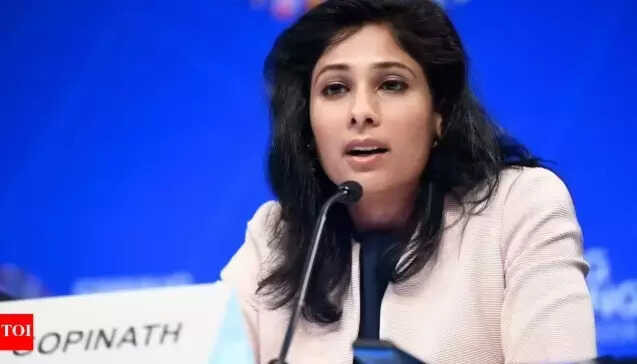The RBI is likely to hold steady on interest rates in October, an SBI report suggests, as August 2025 inflation is projected to rise above 2%. Despite a drop in retail inflation to a 98-month low of 1.55% in July 2025, driven by easing food prices, concerns about future inflation complicate potential rate cuts.
Will the RBI Hold Steady? Decoding India’s Interest Rate Landscape
The air is thick with anticipation when it comes to the Reserve Bank of India’s (RBI) upcoming monetary policy decision in October. Will they ease the pressure and cut interest rates, offering a much-needed boost to the economy? Or will they remain steadfast, prioritizing the battle against inflation even if it means a slower pace of growth?
The State Bank of India (SBI), a major player in the Indian financial landscape, recently weighed in, suggesting that a rate cut in October seems unlikely. This assessment throws a bit of cold water on hopes for immediate relief, painting a picture of a cautious RBI navigating a complex economic environment.
Why a Rate Cut Seems Improbable
Several factors are likely influencing the RBI’s thinking. While inflation has shown signs of moderation, it’s still hovering above the central bank’s comfort zone. The RBI is keenly aware that prematurely loosening monetary policy could reignite inflationary pressures, jeopardizing the progress made so far. A rate cut might flood the market with liquidity, potentially driving up demand and consequently, prices.
Furthermore, global economic uncertainties add another layer of complexity. Geopolitical tensions, fluctuating commodity prices, and the monetary policy stances of other major central banks all play a role. The RBI needs to carefully consider the potential impact of these external factors on the Indian economy before making any significant policy shifts. A sudden rate cut could make the Indian economy more vulnerable to external shocks.

Elevated bond yields also play a crucial part in this equation. Bond yields, which reflect the return investors demand for lending money to the government, are expected to remain high. This suggests that the market anticipates continued inflationary pressures and expects the RBI to maintain a hawkish stance. Cutting rates in the face of elevated bond yields could send conflicting signals and undermine the RBI’s credibility. It is essential to monitor movements in bond yields to anticipate future interest rate decisions.
The Impact on Borrowers and the Economy
So, what does this mean for the average borrower and the broader economy? For those with loans, especially home loans, the prospect of unchanged interest rates might be disheartening. It means that EMIs (equated monthly installments) will likely remain at their current levels, potentially straining household budgets. Businesses, too, could feel the pinch, as higher borrowing costs can dampen investment and expansion plans.
However, maintaining stable interest rates also has potential benefits. It can help anchor inflation expectations, preventing a wage-price spiral. It can also provide stability to the currency, making imports cheaper and exports more competitive in the long run. A stable economic environment builds confidence among investors and consumers.
Looking Ahead: A Data-Driven Approach
The RBI’s monetary policy decisions are never made in a vacuum. They are carefully calibrated based on a continuous assessment of economic data, both domestic and global. Key indicators like inflation figures, GDP growth, industrial production, and employment numbers will all be closely watched in the coming weeks. The RBI will also be monitoring the monsoon’s progress, as agriculture plays a significant role in the Indian economy and impacts food prices. Understanding these indicators is key to predicting future interest rate movements.
Perhaps, the RBI may also consider other factors, such as the stability of the financial sector, the level of government borrowing, and the progress of structural reforms. For a deeper dive into related topics, check out our article on [understanding inflation in India](internal-link).
A Balancing Act for the RBI
The RBI faces a delicate balancing act. It must prioritize controlling inflation while also supporting economic growth. Cutting rates prematurely could have dire consequences for inflation; however, keeping rates elevated for too long could stifle economic activity.
The upcoming monetary policy decision will be a crucial test of the RBI’s resolve and its ability to navigate a challenging economic landscape. While SBI’s assessment suggests a pause in rate cuts, the final decision will ultimately depend on the evolving economic data and the RBI’s assessment of the risks and opportunities facing the Indian economy. The market will eagerly await the RBI’s announcement, which will undoubtedly have a significant impact on businesses and consumers alike.







